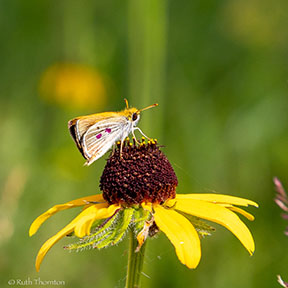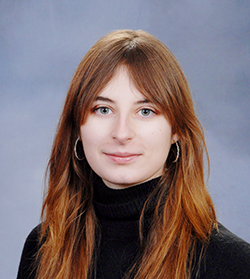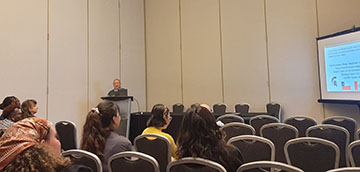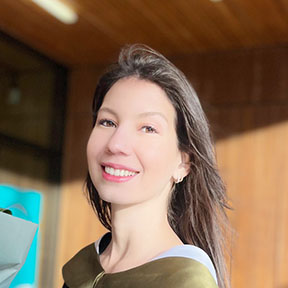
PoweshiekSkipper.jpg: The Poweshiek skipperling, a rare prairie butterfly, is one of many butterfly species facing drastic declines in the U.S. Credit: Ruth Thornton.
Knight Center graduate student Ruth Thornton recently completed her master’s professional project titled “Butterflies in decline and saving the Poweshiek skipperling from extinction,” publicly available online on her website.
In the first of a series of three feature articles, Thornton explores recent scientific studies describing a decline in overall butterfly abundance of nearly a quarter between 2000 and 2020 and investigating the causes of the drastic decline, including pesticide use, habitat loss and climate change.
She also talks to experts researching non-chemical control of a prominent insect pest of soybeans to try to reduce the amount of pesticides applied to agricultural fields, a key suspect in the decline of butterflies in the Midwest. Continue reading



